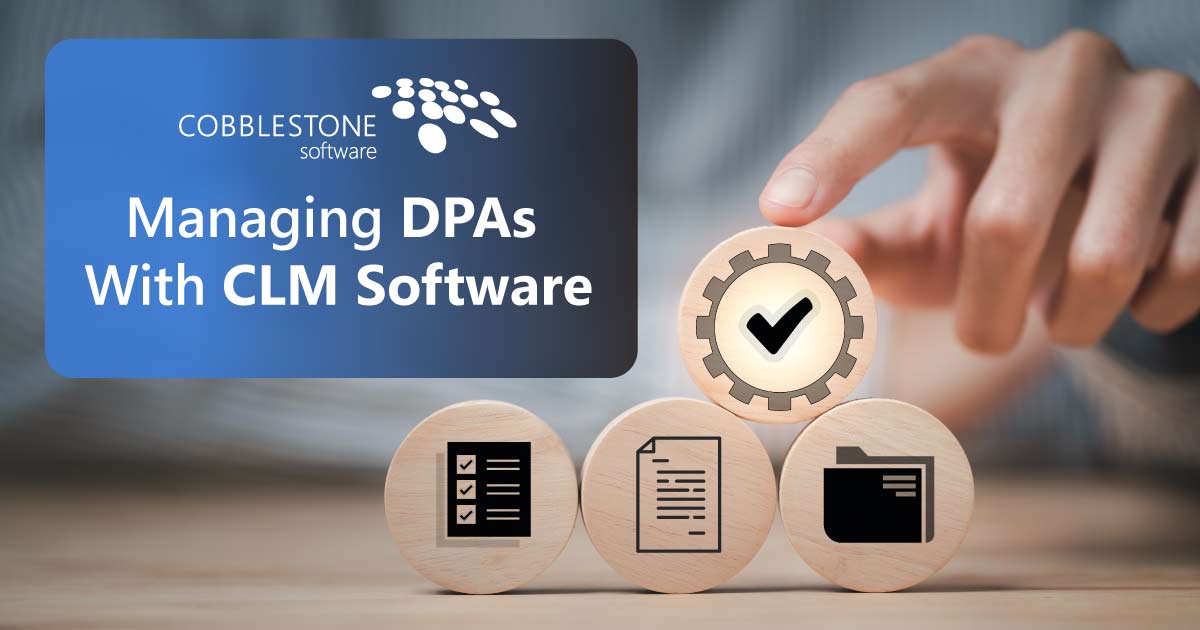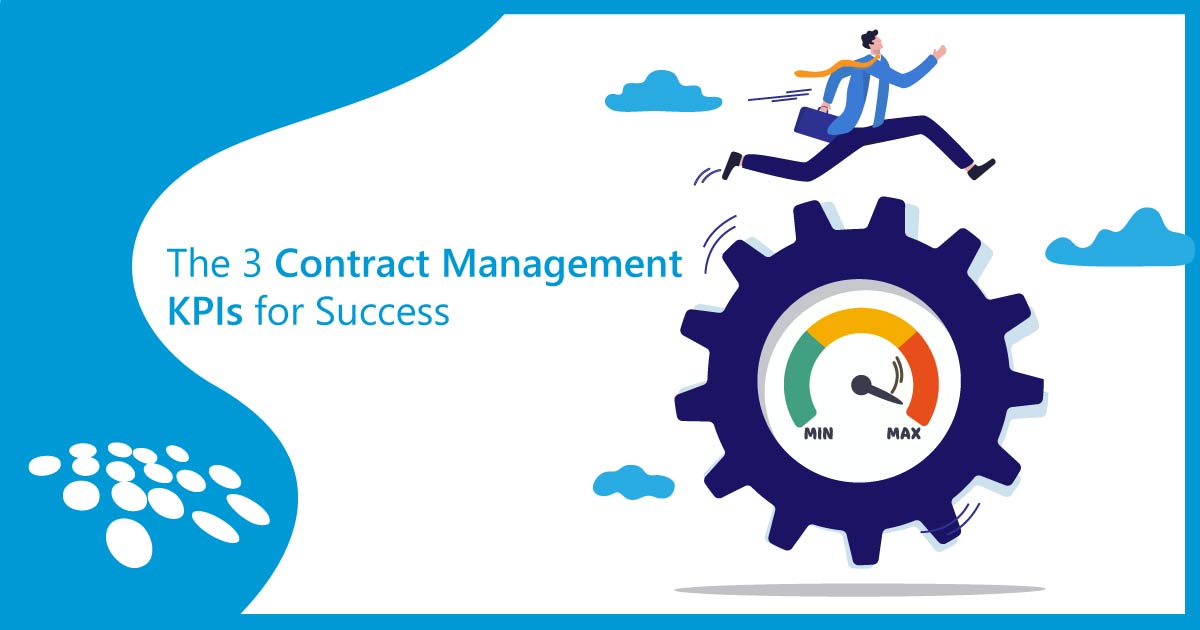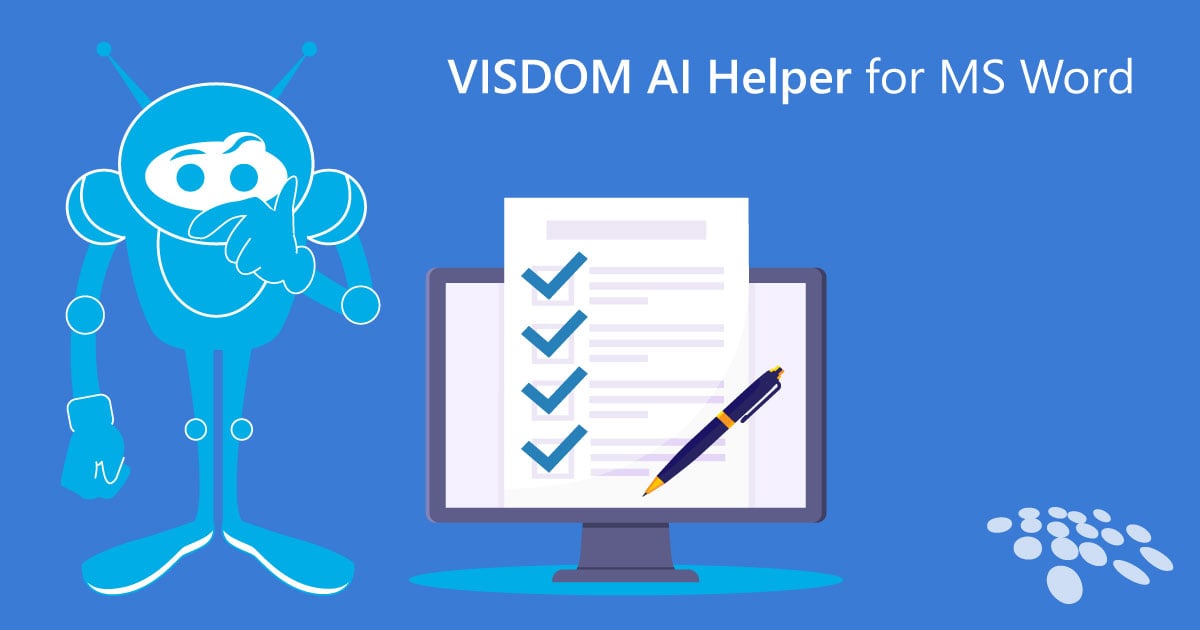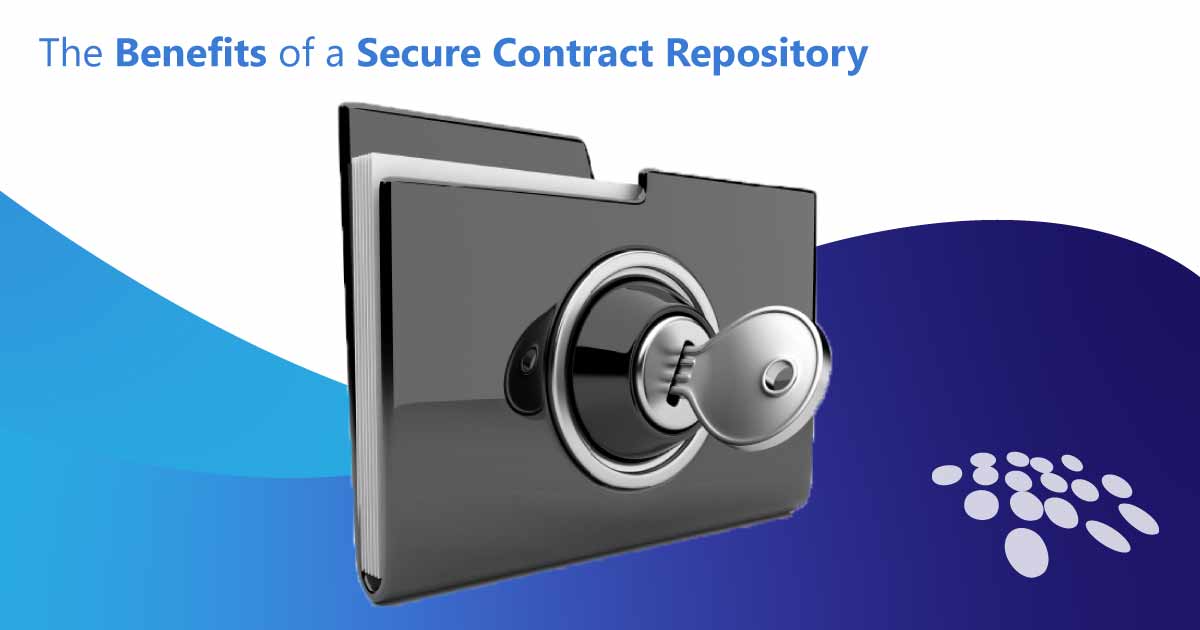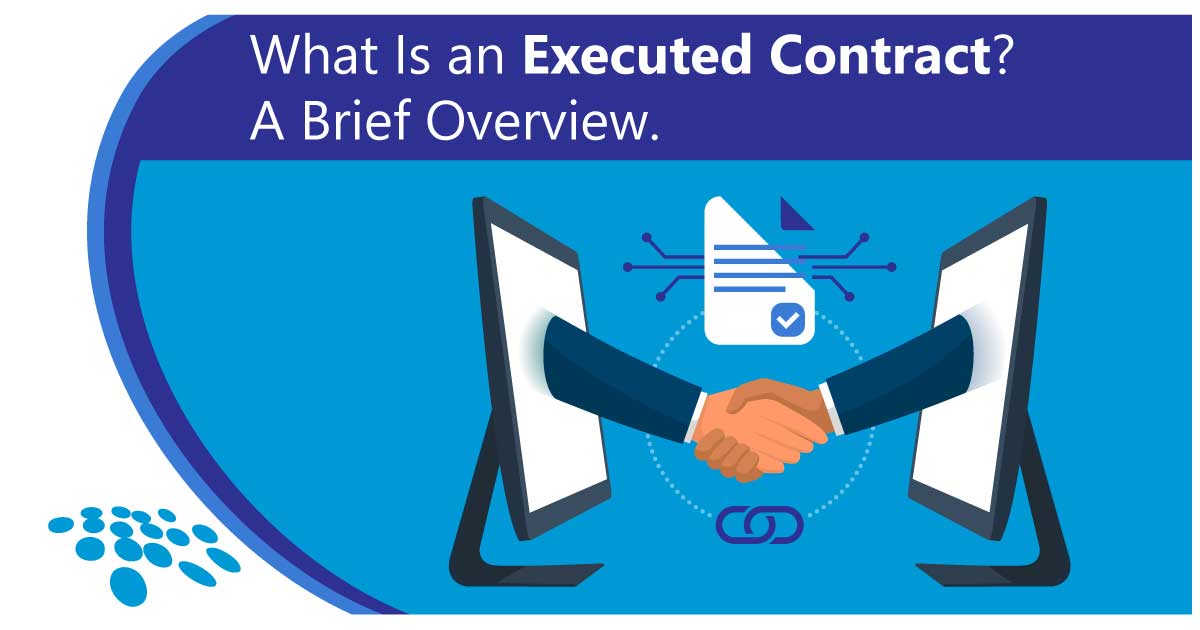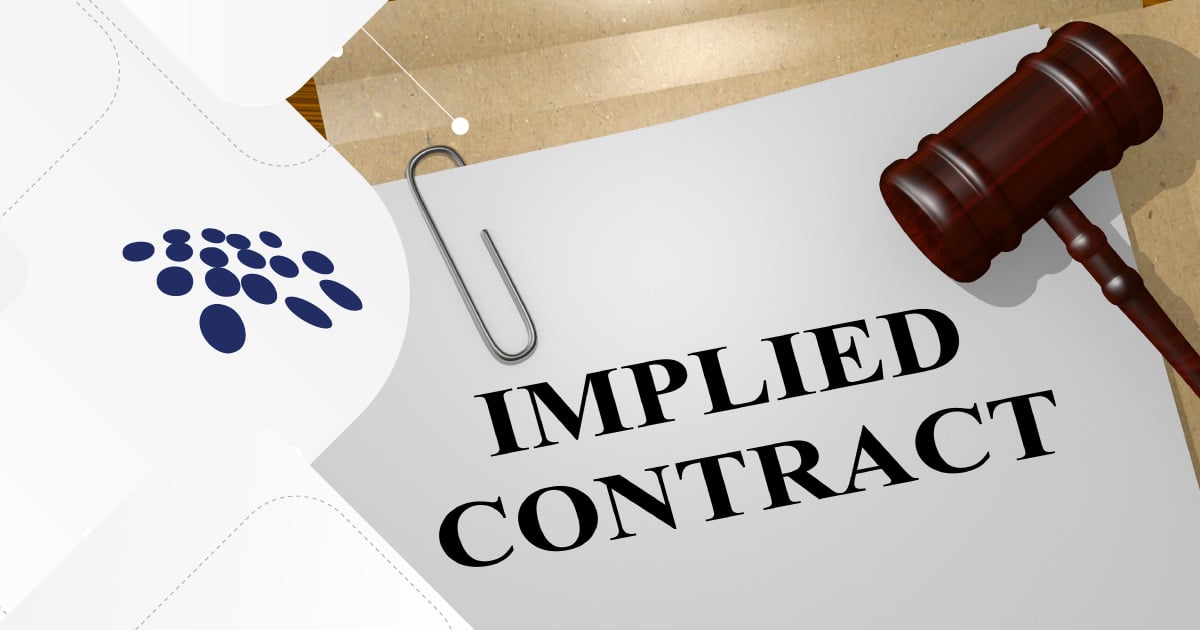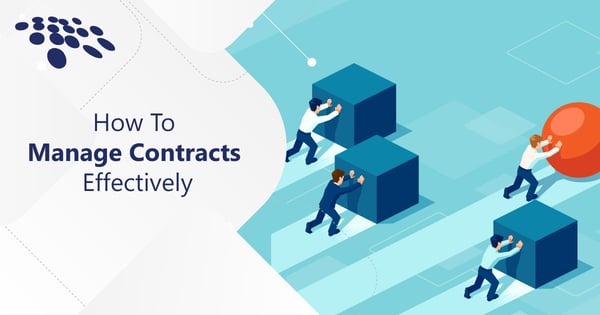
In the vast jungle of business processes, managing contracts can be likened to navigating a dense labyrinth. One misstep or oversight can lead you progressively more astray. Yet, with an effective contract management system in place, the path becomes clearer and the journey smoother. Let’s delve deep as we unravel the secrets of mastering contract management.
Understanding the Fundamentals: What is Contract Management?
At its core, contract management is the process of managing, administrating, overseeing, and analyzing the various stages of a contract. Much like a symphony conductor ensures every instrument plays in harmony, an effective and masterful contract manager takes care to ensure that every clause, counterparty, obligation, and performance metric of a contract aligns with the business’s goals.
Contract management serves as a mutual agreement where both parties understand their roles, rights, and responsibilities. An effective contract is the lifeblood that sustains business relationships. Without it, collaborations can become chaotic and without a course for success, akin to a wayward vessel lost at sea.
Delving Deeper: What Contract Management Involves
At the heart of contract management lies the nurturing of business relationships. Imagine a garden; contracts are the plants, and the way we manage them determines their growth.
Just as a butterfly goes through stages from an egg to a beautiful insect, a contract undergoes its lifecycle. Contract lifecycle management is crucial to ensure that contracts evolve and mature optimally from initiation to conclusion.
The stages of contract lifecycle management include:
- Requests: This initial phase allows stakeholders to gather details associated with a new contract, amendment, renewal, etc.
- Authoring: This step involves putting the terms of a contract into written copy by consolidating standard clauses, key dates, counterparty information, and other data.
- Negotiations: After back-and-forth collaboration, terms agreed upon provide insight regarding the expectations of all involved parties.
- Approvals: A review on the part of all parties occurs. Parameters are set to meet compliance standards, obligations, milestones, and special terms.
- Signatures: A chief employee or an authority with clearance signs a contract - ratifying its enactment.
- Obligations: All parties acknowledge their responsibilities, milestones, key dates, deliverables, and payment windows.
- Compliance: In addition to those specified in a contract, general and field-specific rules, standards, guidelines, and practices are observed.
- Renewals: Parties revisit discounts, renegotiate terms, and engage in further opportunity realization.
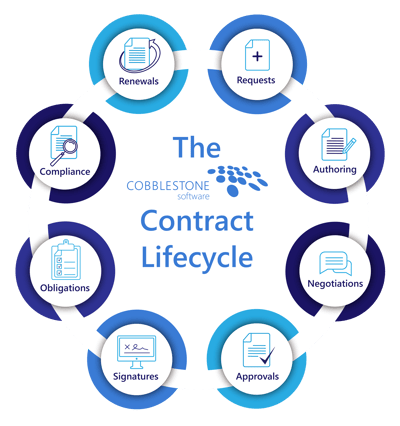
While it might seem time-consuming, like meticulously crafting a sculpture, the dividends of diligent contract management pay off in the long term, ensuring steady and fruitful business partnerships. Additionally, the latest developments in legal technology make contract management significantly more streamlined.
The Pitfalls: Consequences of Poor Contract Management
Like navigating a ship through a storm, contract mismanagement can lead to disastrous consequences. From financial losses to tarnished reputations, the repercussions can be far-reaching.
Beyond the physical document, the purpose of contract management is to ensure that both parties adhere to their contractual obligations. Good contract management acts as a lighthouse, guiding businesses safely through potential contractual storms. Contract mismanagement, on the other hand, can bring well-intentioned business professionals into a CLM hurricane, with outdated strategies such as:
- disorganized contract storage with spreadsheets and shared drives.
- inefficient and email-based contract workflow.
- a lack of standard contract clauses resulting in unideal language and terms.
- difficulty tracking and analyzing a mess of contracts.
- wet signatures and costly mailing, along with disorganized digital signatures via email.
Crafting the Strategy: Contract Management Best Practices
In today's digital age, embracing technology is non-negotiable. Contract management software serves as a digital assistant, helping ensure that data is secure and contractual obligations are met seamlessly. Teams can remain compliant with key date alerts and execute tasks more quickly with a process that is virtually entirely automated.
Having a solid contract management strategy is like having a map for a treasure hunt. It provides clarity on how one handles contracts and ensures that the important aspects aren’t overlooked. As such, teams should know how to approach their contracts for the highest possible ROI.
Setting the Gold Standard: Characteristics of Good Contract Management
Understanding contract management requirements and diving deep into the needs of your business is essential. Think of it as customizing your vehicle for a journey; understanding the contract management requirements ensures a smoother ride. You need to have a system that is fast to setup, user-friendly, highly configurable, and seamlessly integrated with mission-critical business applications.
In the realm of contracts, data is a crown jewel that needs to be protected. Ensuring its security is paramount. Imagine a fortress; with strong walls (security measures), the treasure (data) within remains untouched.
Organizations need to make sure that their solution for contract management keeps crucial data protected, with rules around its security and attestations of data privacy.
The Future is Digital: The Rise of Contract Management Systems
Contract management systems are to businesses what GPS is to travelers. They offer real-time insights, automation, and streamline the entire process, essentially ensuring that the business stays on the right track.
In order to navigate the intricate world of contracts, businesses need to equip themselves with the right tools, strategies, and best practices. Just as a seasoned sailor relies on his compass and map, a business should lean on effective contract management to chart its course in the unpredictable waters of the corporate world.
Book a free demo of acclaimed contract management software to get started with effective contract management today.
Legal Disclaimer: This article is not legal advice. The content of this article is for general information and educational purposes only. The information on this website may not present the most up-to-date legal information. Readers should contact their attorneys for legal advice regarding any particular legal matter.







